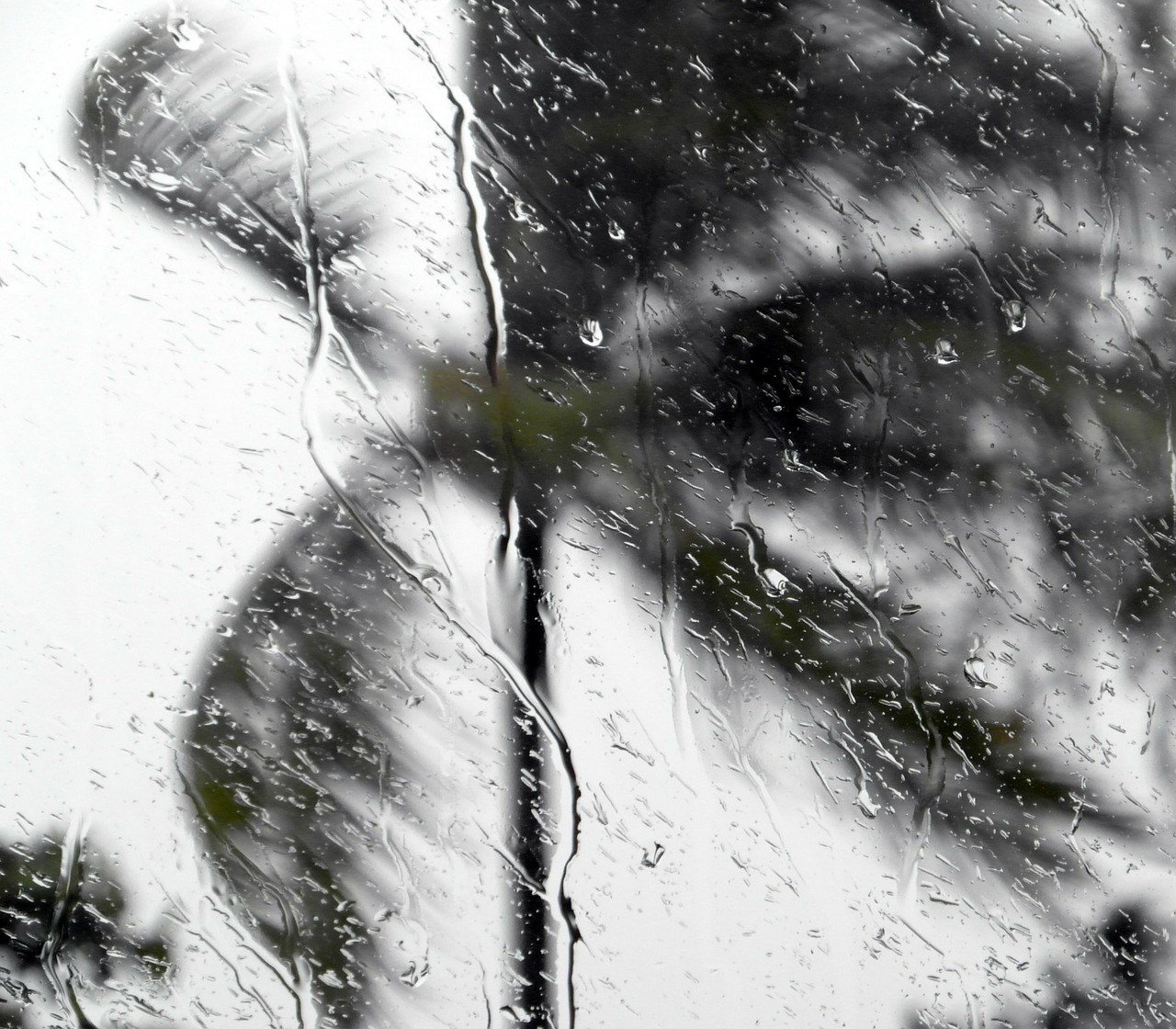A Basic Guide to Understanding Hurricanes: Florence v. Michael
The good news is Charleston is officially 2-0 this Hurricane season. We’ve been spared the worst of both Hurricane Florence and Hurricane Michael. However, other’s weren’t so lucky. We are definitely thinking of those in Conway, SC, Wilmington, NC, and the Panhandle of Florida as they continue clean up efforts and try to regain some sense of normalcy.
With two Hurricanes setting their sights on the Southeast in less than a month’s time, it drives the point home as to how much do you actually know about Hurricanes? How did Michael differ from Florence?
Hurricanes 101
What exactly is a Hurricane? According to NOAA (National Oceanic and Atmospheric Administration) a hurricane is essentially a low-pressure system that is composed of organized thunderstorms with no fronts. The fronts are air masses that separate two air masses with differing densities.
Low-pressure systems typically form in the Atlantic Ocean, Gulf of Mexico, and Caribbean Sea. The Hurricane designation is given to storms with maximum sustained winds of over 74 mph. Prior to becoming Hurricanes, storms are Tropical Depressions (winds less than 39 mph) and Tropical Storms (maximum sustained winds of 39 mph to 74 mph). Hurricanes are given a rating of 1 to 5 according to the Saffir-Simpson Hurricane Wind Scale, with one being the lowest grade and five being the highest grade which can cause the most destruction.
Hurricane Season officially begins June 1st and lasts through November 30th, when the air and water are warmest. Hurricanes essentially form when warm air meets warm water.
Hurricane Florence Compared to Hurricane Michael
The two most recent Hurricanes to make landfall in the US were Hurricane Florence, which made landfall on September 14th at Wrightsville Beach, NC, and Hurricane Michael, which made landfall on October 10th near Mexico Beach, FL. According to Weather.com, Hurricane Michael was the most intense storm to ever hit the Florida Panhandle and was the first October Category 4+ storm to make landfall in 64 years. Hurricane Michael topped out to be the third most intense hurricane to make landfall in the US.
Michael developed in the Gulf of Mexico, whereas Hurricane Florence developed in the Atlantic. Michael was a much faster moving storm than Florence, which made it significantly more dangerous in respect to windspeed. The storm developed a lot faster compared to Florence.
Florence was much larger than Michael and contained much more rain. Florence made landfall as a Category 1. What made Florence such a dangerous storm was how slow it moved and how much rain it contained. This caused significant flooding and destruction to the NC coast. Think of the storms like a small, fast moving human (Michael) and a larger, slower moving human (Florence). Each storm had their own dangers and caused significant destruction in their own right.
Preparing for a Hurricane
Due to the slow-moving nature of Florence, the East Coast was given a much longer warning time than those on the Panhandle during Michael. This echoes the importance of always being prepared!
For coastal residents (and even those more inland) it’s important to keep supplies on hand including extra water, batteries, flashlights, and plywood boards. It’s also important to stay on top of the weather forecasts and heed the warnings of officials. While storms can be unpredictable and evacuating at every watch and warning, can be frustrating and costly, it’s important to use your own discretion and know the risks of staying if you chose to do so.
Again, our thoughts and prayers are definitely with all those who were effected by both Hurricane Florence and Michael. We are definitely thankful and grateful to have been spared the worst of these storms, but are thinking of all those who weren’t as lucky.

